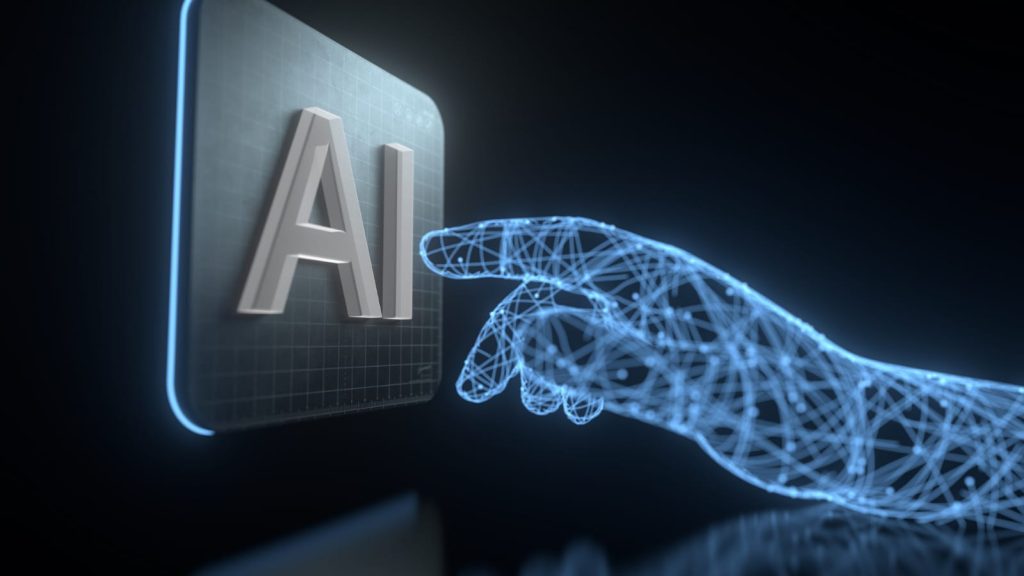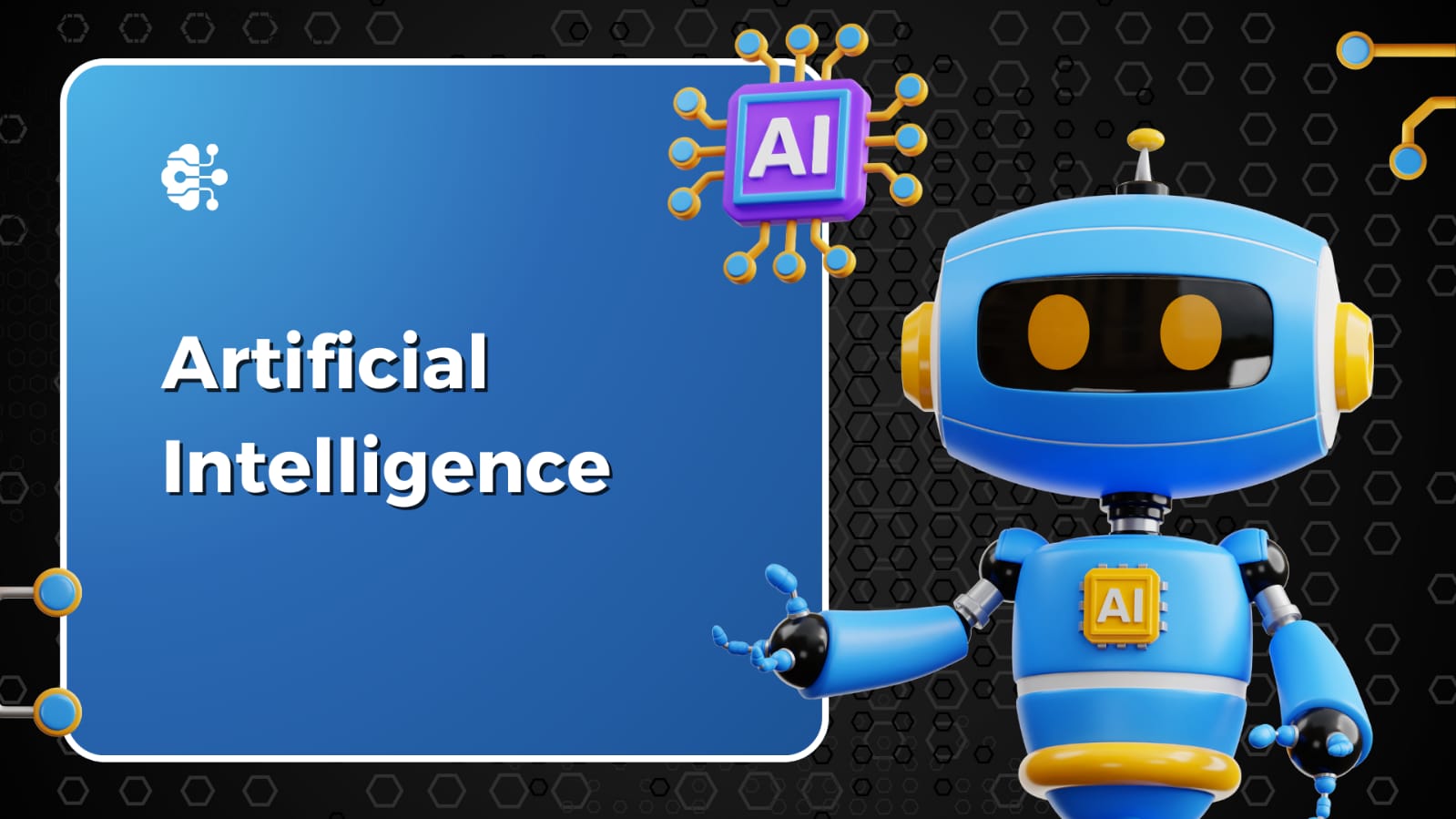I’m going to attempt to classify all Types of AI, into seven types. That’s a tall order, but these seven types of AI can largely be understood by examining two encompassing categories. There’s AI capabilities, and there’s AI functionalities.
So let’s start with AI capabilities, and there are three. The first of which is known as Artificial Narrow AI, which also goes by the rather unflattering name of Weak AI. Now on its face that doesn’t sound like a very interesting capability to start us off, but actually Narrow AI is the only type of AI that exists today. It’s all we currently have. Any other form of AI is theoretical. So we can think of this as realized AI that’s the artificial intelligence we have today and theoretical AI which is the artificial intelligence we may have in the future.
Now narrow AI can be trained to perform a narrow task which to be fair to narrow AI might be something that a human could not do as well as the AI can, but it can’t perform outside of its defined task. It does need us humans still to train it. So if narrow AI represents all AI capabilities we have today, well what else is there? Well a favorite of memes, and science fiction at betting markets is artificial general intelligence, also known as AGI and also known as strong AI. To be clear, AGI is currently nothing more than a theoretical concept, but here’s the idea.

AGI can use previous learnings and skills to accomplish new tasks in a different context without the need for us human beings to train the underlying models. If AGI wants to learn how to perform a new task, it will figure it out by itself. Which sounds disconcerting, but look, we haven’t even talked about the third type of AI capability yet and that’s artificial super AI.
If ever realised, super AI would think, reason, learn, make judgements and possess cognitive abilities that surpass those of human beings. The application’s processing super-AI capabilities would have evolved beyond the point of catering to human sentiments and experiences and would be able to feel emotions and have needs and possess beliefs and desires of their own. Yeah, so let’s park that cheery thought for now and consider the four types of AI functionalities.
And we’re back in the real world of realized AI here, at least initially. So we can think of narrow AI as having two fundamental functions. One of those is reactive machine AI. Reactive machine AI are systems designed to perform a very specific specialized task. Reactive AI stems from statistical math and it can analyze vast amounts of data to produce a seemingly intelligent output. We’ve had reactive AI for quite a long time. Back in the late 1990s IBM’s chess playing supercomputer Deep Blue beat chess grandmaster Garry Kasparov by analyzing the pieces on the board and predicting the probable outcomes of each move. That’s a specialized task with a lot of available data to create insights. The hallmark of reactive AI.
We can think of other narrow AI functionalities really as being classified as limited memory AI. Now this form of AI can recall past events and outcomes and monitor specific objects or situations over time. It can use past and present moment data to decide on a course of action most likely to help achieve a desired outcome. And as it’s trained on more data over time, limited memory AI can improve in performance. Think of your favorite generative AI chatbot, which relies on limited memory AI capabilities to predict the next word or the next phrase or the next visual element within the context it’s generating.
Okay, so what about our two theoretical AI capabilities? Well, if we look at AGI, we have to think about Theory of Mind AI. Now, this would understand the thoughts and emotions of other entities, specifically us. So it could infer human motives and reasoning and personalize its interactions with individuals based on their unique emotional needs and intentions. And actually, emotion AI is a theory of mind AI currently in development. AI researchers hope it will have the ability to analyze voices, images, and other kinds of data to understand and respond to human feelings. Finally, an AI that really understands me.
And then finally, under super AI, we have self-aware AI. Winning my personal award for the scariest AI of all, it would have the ability to understand its own internal conditions and traits leading to its own set of emotions, needs and beliefs. Look, we’ve covered seven types of AI and only three of them actually exist today. There is still so much to be learned and discovered. But as those advancements happen, at least here we have a taxonomy of AI types that will tell us how far along we are on our AI journey.



